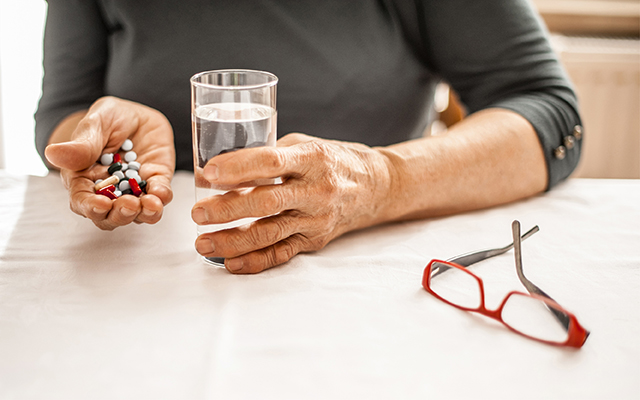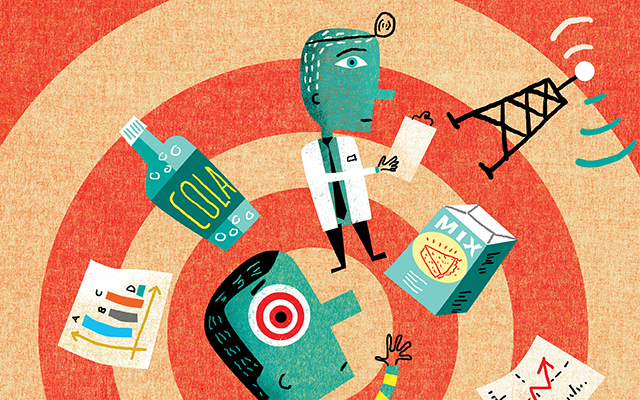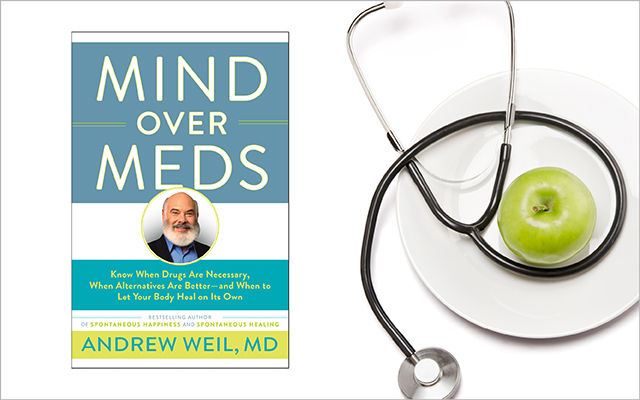Healthcare is big business. Americans spend more on medical services than people in any other country: In 2017, we paid $3.5 trillion, or nearly $11,000 per person. And few forces have contributed more to the industry’s bottom line — and consumer costs — than medical marketing.
These promotional efforts, which include everything from drug advertising to disease-awareness campaigns, have grown exponentially in recent years, according to a major new JAMA report. Between 1997 (when the FDA eased restrictions on drug advertising) and 2016, the industry’s annual investment in healthcare marketing increased by 69 percent, to $29.9 billion.
That marketing has paid off handsomely for Big Pharma. The drug industry’s sales rose by 182 percent during that period, reaching $328.6 billion.
The fastest-growing sector of medical marketing is direct-to-consumer (DTC) pharmaceutical advertising. Legal only in the United States and New Zealand, DTC drug marketing includes ads on TV, radio, and billboards; in newspapers, home mailings, and magazines (Experience Life does not accept pharmaceutical advertising); and on a promising new sector — social media.
These ads have become the single most prominent health-information source for Americans, according to a 2011 paper published in the journal Pharmacy and Therapeutics. Big Pharma argues that this marketing provides empowering information to patients about diseases and treatment options. But critics call the ads blatant “disease mongering.”
The American Medical Association (AMA) warns that DTC ads are biased and deceptive — and drive up the cost of drugs. In fact, the AMA Board of Directors voted in 2015 to recommend banning DTC advertising, but pharmaceutical companies objected on freedom-of-speech grounds. The JAMA study reports that a ban is now “unlikely.”
The statistics below outline the span and scope of Big Pharma’s marketing ploy.
By the Numbers
22,200,000
Number of times DTC drug ads ran in 2016 on TV, billboards, in magazines, newspapers, and elsewhere. Big Pharma’s ad budget has skyrocketed in recent years, largely due to more costly TV ads that run during the evening news, soap operas, and sitcoms targeted at older Americans.
#1
Rank among the costs of medical marketing of Big Pharma’s annual spending on “detailing” programs: The industry spent $20.3 billion in 2016 on “educating” physicians about their products with the goals of capturing and expanding market share. Such costs include free samples, speaker fees at company events, meals and drinks, travel and lodging, honoraria, research funding, ongoing education, and consulting fees.
65%
Percentage of Americans whose physician has received Big Pharma payments of some kind, according to a 2017 study in the Journal of General Internal Medicine. The report noted these doctors tend to be “key opinion leaders” with “potential to influence the clinical practice of others, even those who themselves do not accept industry payments.”
Want to know whether your doctor has received medical marketing? The Affordable Care Act requires Big Pharma to report recipients of gifts or payments under the Physician Payment Sunshine Act; to look up your physician, go to www.cms.gov/openpayments.




This Post Has 0 Comments